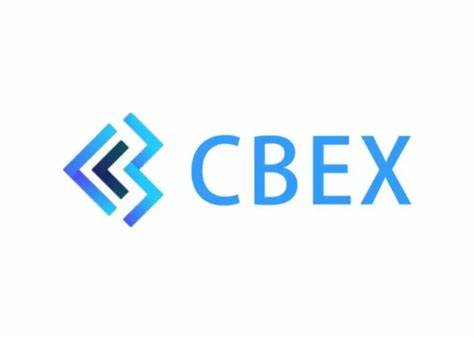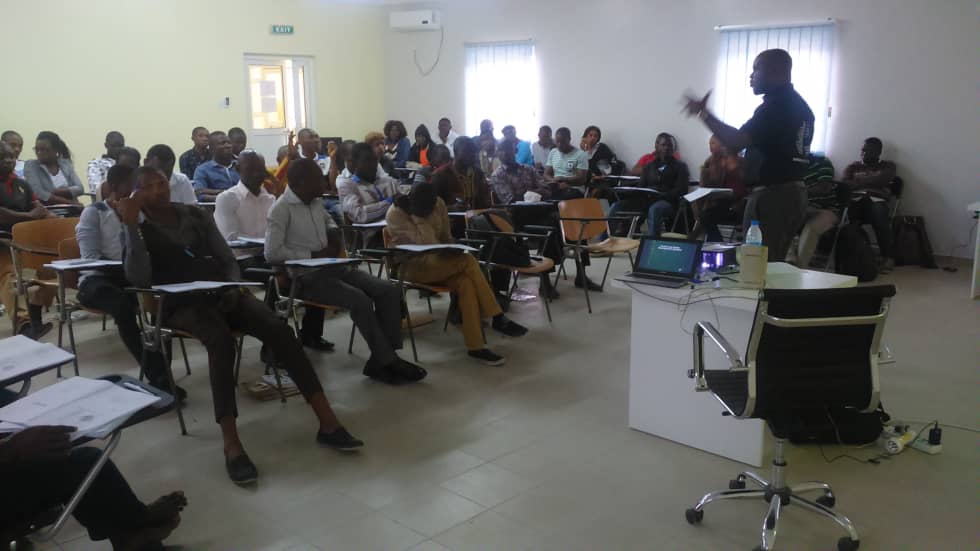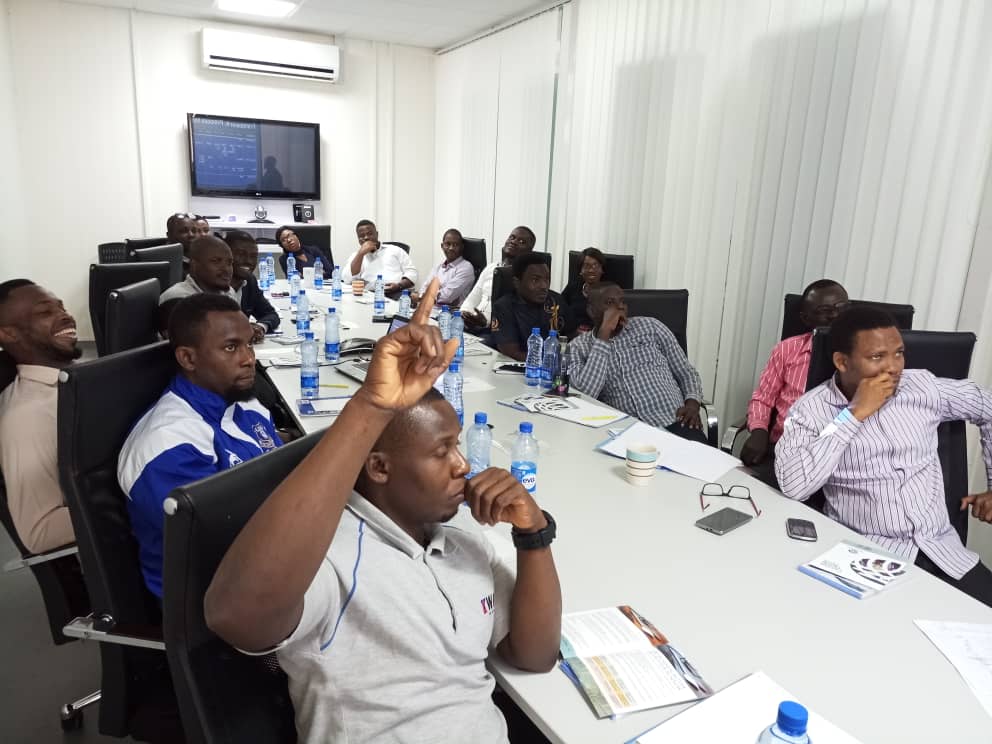Business is rapidly changing today so, staying ahead of trends and identifying opportunities is crucial for organizational success. As a manager, your ability to anticipate shifts in the market, technology, and workforce can give your company a competitive edge. Let’s explore key strategies for trend anticipation and opportunity identification.
-
Environmental Scanning
Regularly scan the external environment for emerging trends. This involves monitoring industry reports, news, and expert analyses to identify patterns and disruptions that could impact your business. Consider factors such as:
- Economic: Changes in economic conditions, consumer spending, and inflation rates.
- Political: Regulatory changes, political stability, and international trade policies.
- Social: Shifts in demographics, cultural trends, and societal values.
- Technological: Innovations, advancements, and technological adoption rates.
- Environmental: Climate change, sustainability practices, and environmental regulations.
-
Scenario Planning
Develop multiple scenarios based on different future outcomes. This involves considering best-case, worst-case, and moderate scenarios and evaluating how each would affect your business. Adjust your strategy accordingly by:
- Identifying potential risks and opportunities in each scenario.
- Developing contingency plans to address various outcomes.
- Regularly reviewing and updating scenarios as new information becomes available.
-
Data-Driven Insights
Leverage data analytics to uncover hidden trends. Utilize tools like predictive modeling, machine learning, and business intelligence to analyze customer behavior, market dynamics, and internal performance metrics. Key steps include:
- Collecting and organizing relevant data from various sources.
- Analyzing data to identify patterns, correlations, and anomalies.
- Using insights to inform strategic decisions and anticipate future trends.
-
Cross-Functional Collaboration
Engage with colleagues from various departments to gain diverse perspectives and insights. Cross-functional collaboration can reveal trends and opportunities that might be missed when working in silos. Encourage:
- Regular meetings and brainstorming sessions involving different departments.
- Sharing of insights and findings from different areas of the business.
- Collaboration on innovation workshops and strategic planning.
-
Customer Feedback and Market Research
Listening to your customers can provide valuable insights into emerging needs and preferences. Conduct market research to understand customer pain points, desires, and unmet demands. This can be achieved through:
- Surveys, interviews, and focus groups with customers.
- Analyzing customer feedback from social media, reviews, and support channels.
- Monitoring competitors and industry trends to understand broader market dynamics.
-
Technology Watch
Stay informed about technological advancements and explore emerging technologies like AI, blockchain, and IoT. Assess how these innovations could disrupt or enhance your business processes. Key actions include:
- Subscribing to tech journals and following industry blogs.
- Attending tech conferences and webinars.
- Evaluating the potential impact of new technologies on your business.
-
Networking and Industry Events
Attend conferences, seminars, and industry gatherings to network with peers, thought leaders, and experts. Exchange ideas, learn from others, and gain fresh perspectives. This can be done by:
- Participating in industry associations and professional groups.
- Engaging in online forums and discussion groups related to your industry.
- Building relationships with key influencers and stakeholders.
-
Agile Mindset
Cultivate an agile mindset within your team. Being open to change and experimentation is essential for staying ahead of trends. Encourage:
- Adaptive thinking and flexibility in responding to new opportunities.
- Continuous learning and development for your team members.
- Experimentation with new ideas and approaches, even if they involve some risk.
-
Strategic Foresight
Look beyond short-term goals and develop a long-term vision for your organization. Consider megatrends such as climate change and demographic shifts and their implications for your business. This involves:
- Regularly reviewing and refining your long-term strategic plan.
- Engaging in scenario planning and foresight exercises.
- Aligning your business strategy with broader societal and environmental trends.
Remember, anticipating trends isn’t about predicting the future with certainty; it’s about being prepared, adaptable, and proactive. By integrating these practices into your management approach, you’ll place your business in the best position for it to thrive.








